Of beer’s four main ingredients, hops are the sexy one. Writers and beer lovers talk about hops and brewers experiment with hops on a different level to malt or yeast or water. Brewers often prominently list hop varietals on their labels and scream about their beer being double dry hopped or triple hopped, and while the hop-based puns have been largely used up in beer names (Hoptimus Prime, Hopportunity Knocks, Hoppenheimer, Hoptical Illusion, Tricerahops…), I’m struggling to think of a single beer with a water-based pun.
Very quick educational moment: hops were originally used in beer both for their bittering capabilities and also for their antibacterial properties in pre-refrigeration times. Over the years they have been increasingly used for the aromas and flavours they lend to beer. More than 400 aroma compounds have been identified in hops, including tropical fruit, pine, weed (they’re cousins in fact), peppery spice, mint, citrus, coconut and red berries. New hops are constantly being bred, so you can see why brewers (and drinkers) get so excited about them.
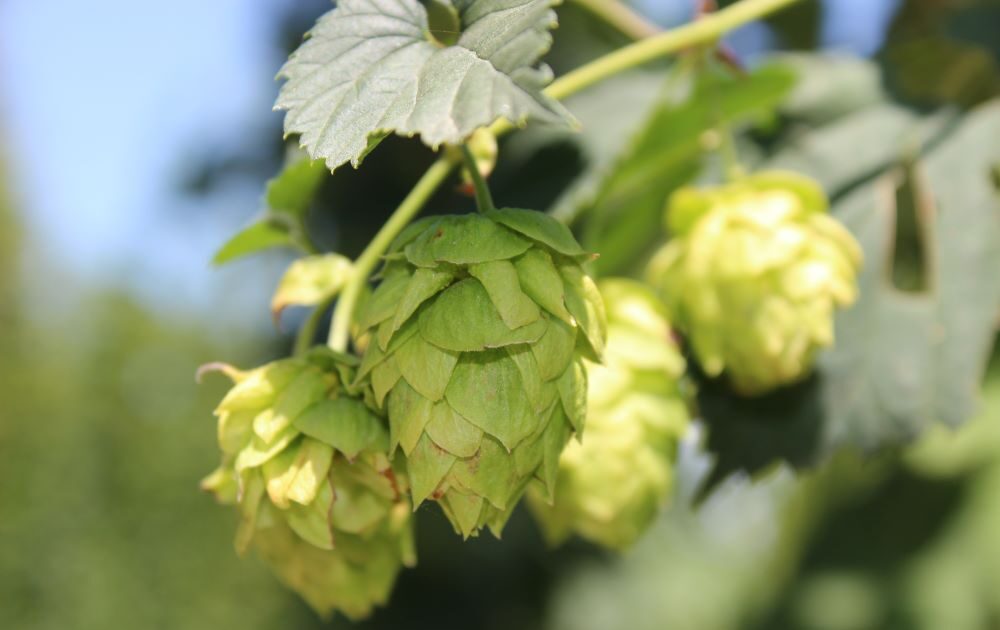
Plus they’re so pretty!
Hops are a delicate crop, their much coveted oils being volatile and prone to rapid deterioration. Hops are usually dried once they’re stripped from the vine to preserve those oils, but of course drying the plant changes its flavour and aroma, just as dried basil or oregano have quite distinct profiles to their fresh counterparts. Always looking for that new flavour profile or brewing procedure, craft brewers began to wonder what fresh, undried hops would add to their beers and so the fresh hop beer was born.
Also going by the name wet hop or green hop, these beers are usually only found at breweries in hop-growing areas. The plant begins to degrade as soon as it is picked and so brewers race from the hop fields to the brewery with their freshly harvested hops, while a co-worker mashes, lauters and fills the kettle ready to add the hops the moment they arrive. Now on paper, South Africa isn’t the perfect hop growing region. Hops need a long summer day (ideally around 15 hours of sunlight) and thrive best between 35 and 55 degrees latitude. Our main hop growing region, the Outeniqua Valley near George, falls just a degree outside that, and hops have been grown there since the 1930s, with a number of new and experimental varieties released in the past decade or so.
But brewers are an experimental bunch, always looking for something new, and hops are now grown on a small scale around the country (including a sole plant in my back garden). Mid-February to mid-March is hop harvest time in South Africa, and this year I feel like there are more fresh hop beers than ever, so I thought I’d do a round-up. Many of these beers are not yet available as the hops are still on the bine (that’s not a typo – vines climb using their tendrils to pull them up; bines wrap their stem around a post of string to reach new heights – in the case of hops, up to six metres. Hopefully this information will serve you well in a pub quiz one day). Anyway, these beers are not all available yet, but make a note of what’s coming, follow the relevant brewers on social media and keep an eye on my Facebook or Xitter accounts as I’ll be posting when new wet hop beers are released.
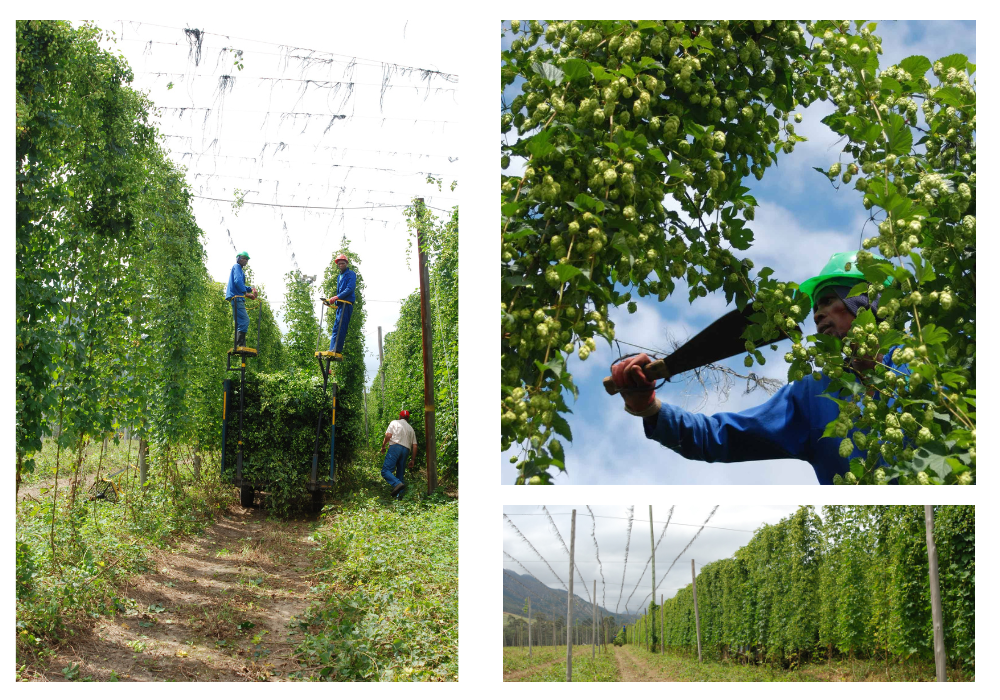
Hop harvest, South African style
Aegir Project Hop Harvest (4.6% ABV)
I’m pretty excited about this beer, because I was lucky enough to be there on harvest day. This is Aegir’s sixth annual wet hop beer, but it’s the first time they’ve teamed up with Meuse Farm in Hout Bay. “I got hold of some Cascade and gave it to Iming (Lin, owner of Meuse) and five years later, here we are!” said Rory Lancellas, Aegir founder and brewer. This it the first hop harvest at Meuse, with the 20 plants yielding 8kg of cones, which a small group of beer enthusiasts and folks just fascinated by small scale farming hand picked in late January. Brewer Dylan Franz then scooped up the fresh cones and drove over Chapmans Peak to the brewery, where he’d mashed in earlier that day. “Our plan is bine to boil within the hour,” said Rory – a fine tagline, said I. The fresh hop cones were added at the end of the boil, with Cascade pellets used to dry hop the pale ale. Hop Harvest launches Friday 23 Feb and is of course limited to a single batch, so don’t wait too long to get some. You can order online here.
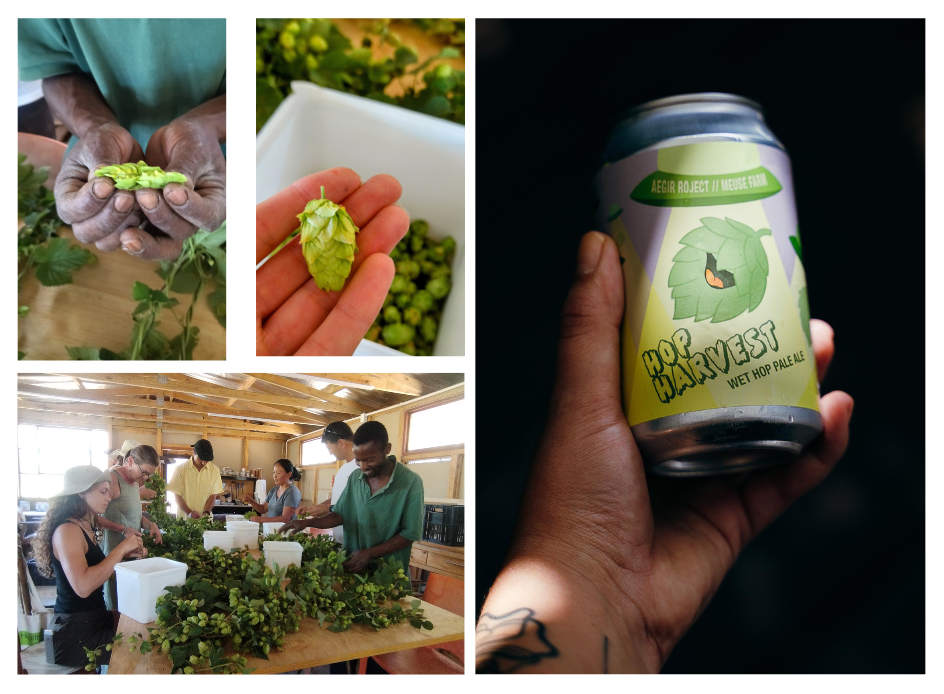
Dancing Hops Brewtiful Day (4.7% ABV)
Most hop production is in the Western Cape, but brewers and farmers around SA are increasingly experimenting. I was excited to hear about Cradle Hop Yard, based in the Cradle of Humankind, northwest of Jo’burg. Run by Liam Walsh of Dancing Hops Brewery, this was the first harvest for the Cradle Hop Yard. The hops – Cascade and Chinook – were used in this pale ale which was launched on South African National Beer Day. Unfortunately you can’t find the beer in cans (it was on tap only), but I wanted to mention it because I think a hop farm attached to a brewery outside Johannesburg is pretty cool. More on this later in the year.
Jack Black Fresh Hop (5.4% ABV)
Jack Black have managed to put the term ‘fresh hop’ into the South African beer drinker’s lexicon thanks to their annual release IPA. The hops – 25kg of fresh Southern Passion – were collected in the first week of March (more info to follow on that as I was lucky enough to tag along for the trip) and the beer will be released at Fools & Fans in Greyton on 6 April.
Soul Barrel Soul Shine (5.4% ABV)
It should be no surprise that chief cheerleader of SA ingredients, Soul Barrel Brewing in Simondium, is bringing out a wet hop beer again this year. Soul Shine will use a combination of Cascade grown at the brewery, topped up with freshly harvested South African varieties straight from the Outeniqua Valley. The fresh hops – around 8-10kg – will go into the hop back, a stainless steel vessel that serves as a kind of big hop teapot. The wort flows through the hop back after the boil on its way to being cooled, allowing it to pick up maximum aromatics from the delicate, freshly picked hops. If the hop harvest happens on time, the 45 IBU pale ale will be released at Fools and Fans in Greyton on 6 April. Also check out Noble Leaf, a Vienna Lager also made with freshly picked hops.
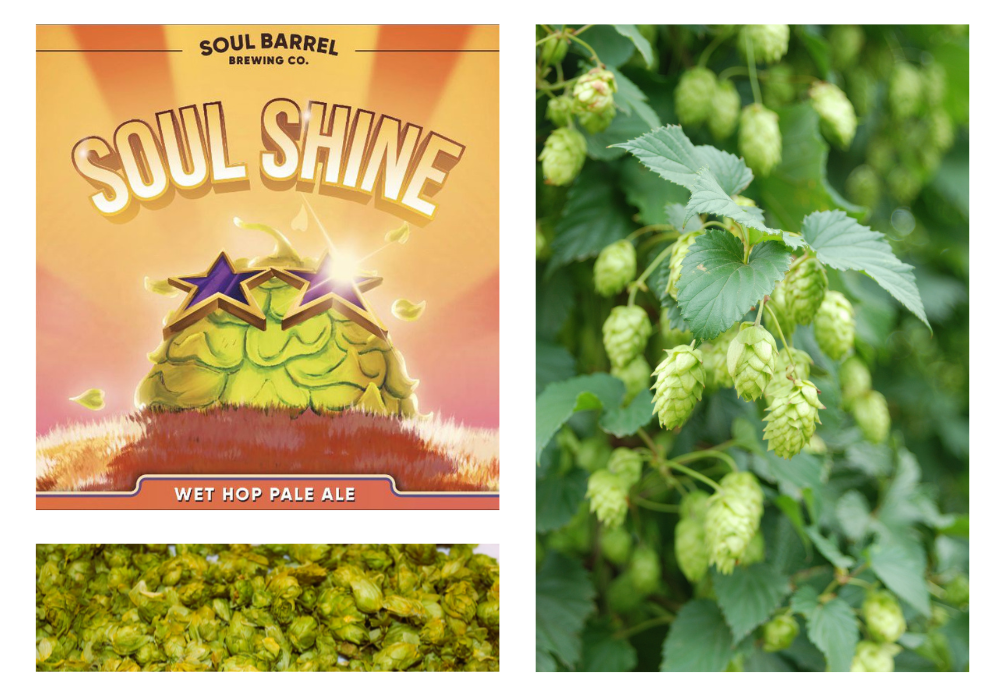
Newlands Spring 10,000 Miles (6.5% ABV)
Brewed annually in collaboration with Elysian Brewing in Seattle, USA, this beer is named for the distance between the two breweries. “We change up the hops every year for our collaboration,” says Newlands Spring brewer Warren Wiese. “The 2024 edition will use Southern Star which we have not used before in this beer. I’m really hoping to get some red berries and tropical fruit.” The fresh hops will be added throughout the process, starting with about 10kg in the mash tun and 10kg in the lauter tun. Some pellets from the 2023 crop will be added in the boil to ensure the bitterness levels are reached, then the lauter tun will be filled with wet cones for the bulk of the addition, becoming a temporary hop back. While the brew will use more than 100kg of fresh SA hops, this is an intercontinental collab so of course has to use some West Coast US hops too. This year the hop chosen is an experimental variety from Segal Hop Farms called 24B-05. Also known as Anchovy, the new hop does not have top notes of salty fish, but of watermelon candy, raspberry, and pine. Keep an eye on Newlands Spring Facebook page for details of this year’s launch.
The Capital DIPA ft Mad Giant
Back in Gauteng, Capital Craft are getting ready to launch their third fresh hop beer with the African Queen hops grown on the restaurant’s terrace. “People have always asked why we don’t have our own branded beer but I felt like we haven’t spent years and years and tons of money building a brewery so we would rather stock real brewers’ beers and promote their brands,” says Capital Craft owner Johan Auriacombe. “But we thought a good loophole would be making a beer from our own hops once a year, so we started growing hops in 2014.” The first two fresh hop beers were brewed at Devil’s Peak and last year’s crop was lost due to climatic issues, so this is the first time the beer will have been brewed in Gauteng. The were harvested in the second week of March with the beer’s release in early April. Keep an eye on Capital Craft’s socials for more info on what, when and where.
Know of any other fresh/wet hop beers being released in South Africa? Please drop me a line with the details and I’ll add them to the list.


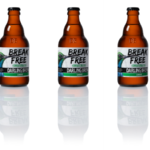




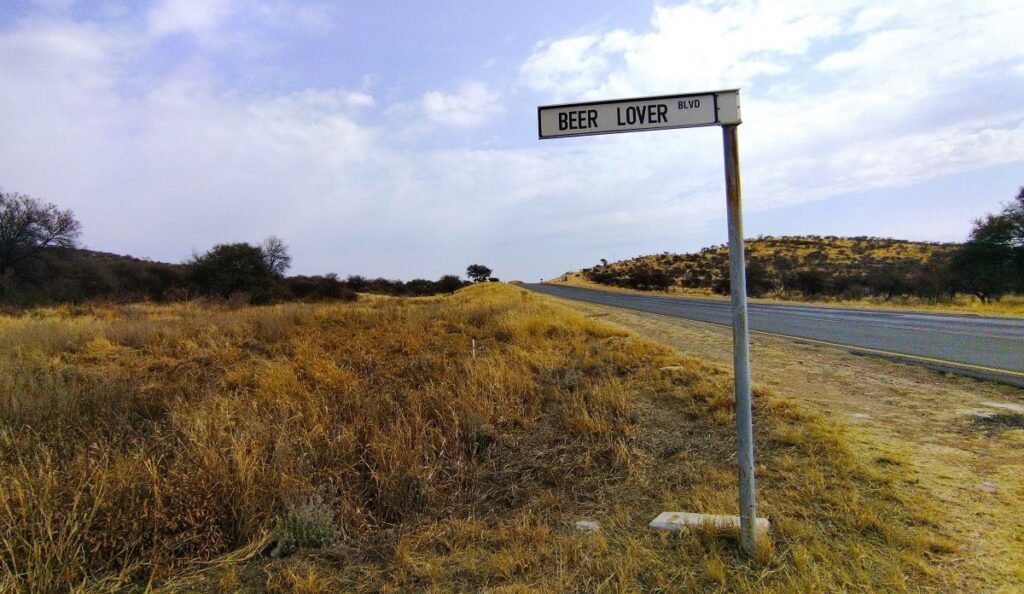


Nice article, well done. Good to hear your NAK hops is still going strong.